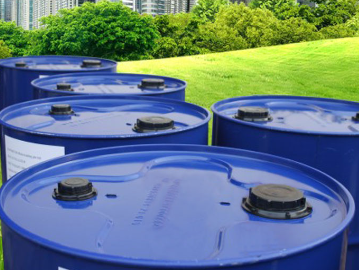
The use of silicone rubber in food packaging has become increasingly popular due to its numerous benefits, including resistance to extreme temperatures, flexibility, and durability. However, concerns have been raised regarding its potential impact on food safety and quality. This essay will examine the impact of silicone rubber on food packaging safety and quality, discussing both the advantages and potential risks associated with its use.
Firstly, silicone rubber is known for its excellent heat resistance properties. This makes it an ideal material for food packaging that requires high-temperature sterilization processes, such as retort packaging. Retort packaging involves subjecting the packaged food to high temperatures to kill bacteria and other microorganisms, ensuring food safety. Silicone rubber can withstand these extreme temperatures without deforming or releasing harmful substances that could contaminate the food. Thus, it helps to maintain the safety and quality of the packaged food by preventing microbial growth.
Secondly, silicone rubber is highly flexible, allowing for the creation of custom-shaped packaging materials. This flexibility enables the packaging to conform to the shape of the food product, providing a tight seal that helps to preserve the food's freshness and flavor. Silicone rubber also has excellent barrier properties, preventing the entry of oxygen, moisture, and other contaminants that could lead to food spoilage. By maintaining the integrity of the packaging and preventing the degradation of the food product, silicone rubber contributes to the safety and quality of the packaged food.
Moreover, silicone rubber is durable and resistant to wear and tear. This means that it can withstand the rigors of transportation and handling, ensuring that the packaging remains intact and protects the food inside. The durability of silicone rubber also prevents the release of particles or chemicals into the packaged food, which could compromise its safety and quality. When used as a sealing material, silicone rubber provides an effective barrier against the migration of substances from the packaging into the food.
However, despite these advantages, concerns have been raised regarding the potential risks of silicone rubber on food safety and quality. One concern is the migration of silicone-based additives or impurities into the packaged food, which could pose health risks to consumers. Although stringent regulations are in place to limit the migration of substances from food packaging materials, there is a need for continuous monitoring and testing to ensure compliance with safety standards.
Another concern is the potential transfer of flavors or odors from the silicone rubber packaging to the food product. While silicone rubber is generally considered inert, certain substances or additives used in the manufacturing process may have the ability to interact with the food and alter its quality. It is important for manufacturers to carefully select and test the raw materials used in silicone rubber production to minimize the potential for flavor or odor transfer.
Furthermore, the disposal of silicone rubber packaging raises environmental concerns. Silicone is a synthetic material and is not readily biodegradable. Improper disposal of silicone rubber packaging could lead to long-term accumulation in landfills and potentially contribute to pollution. Therefore, it is crucial to explore sustainable alternatives or recycling methods for silicone rubber packaging to minimize its environmental impact.
In conclusion, silicone rubber has a significant impact on food packaging safety and quality. Its heat resistance, flexibility, and durability make it a popular choice for ensuring microbial safety, maintaining freshness, and protecting the integrity of food products. However, concerns remain regarding the potential migration of substances, flavor transfer, and environmental impact. Further research and development are necessary to mitigate these risks and ensure the safe and sustainable use of silicone rubber in food packaging.